An evolution in single axis trackers, used in the vast majority of utility-scale projects in Australia, promises to reshape the potential for large-scale solar deployment on farms as well as culturally and environmentally sensitive sites.
In 2021, Nextracker and Array Technologies together commanded 77% of Australia’s “highly concentrated” tracker market, according to analysis from Rystad Energy RenewableCube.
It follows then that the companies, both based in the US, would been keeping a keen eye on one another. Nextracker, the enduring frontrunner controlling the Australian market for the past five years, launched its NX Horizon-XTR line in March. Key to the line’s terrain following capacity is that the XTR trackers work on a principle of being suspended from above, rather than supported from below, Nextracker CEO Dan Shugar told pv magazine Australia.
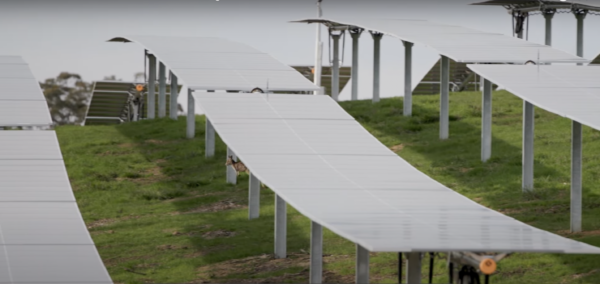
Image: Nextracker
The company’s main competitor in Australia, Array Technologies, which in January acquired one of Europe’s major tracker manufacturers Soluciones Técnicas Integrales Norland (STI Norland), is following suit. Its terrain-following line, which allows a gradient of 1 degree between piles, is however still almost a year away from market.
Out in front, Nextracker showed off pictures at All Energy 2022 of its first completed XTR project at Melbourne Water’s Winneke Solar Farm.
The 9.54 MW (DC) plant developed by Beon covers 10 hectares on the shoreline of Sugarloaf Reservoir, just out of Melbourne and sits on a culturally and environmentally significant site where groundwork had to be minimised to avoid disturbing Indigenous artefacts.
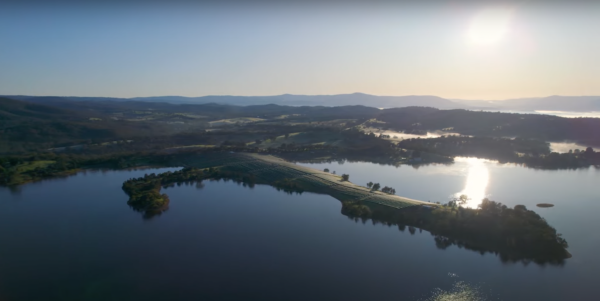
Image: Nextracker
“Therefore, a solution to protect the surrounding land from erosion, minimise grading and ground disturbance, and reduce any reseeding time was crucial,” Shugar said.
“The project was also a pre-drill site, which made it even more challenging to construct within the cultural and environmental constraints and variances.”
To cater to the need, Nextracker proposed a maximum pile height of 1.9 metres, which it says was a small percentage of the site, managing to deploy the XTR line without the need for any earthworks at all.
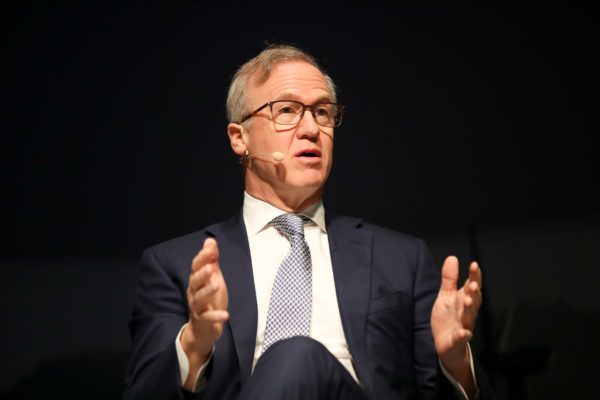
Image: All Energy
“Before we launched XTR, what we were seeing in the field was a shrinking availability of sites suitable for large scale solar, and this came down to the degree of required earthworks, sometimes cultural sensitivities, safety and risk assessment around the construction of solar on undulating sites,” Shugar said. “So there was a gap in the market for this technology. Since launching, we’ve had a tremendous amount of positive feedback from the industry.”
In terms of cost for XTR, Shugar artfully dodged the question by pointing out the solution ends up cheaper overall because it significantly cuts the costs associated with earthwork and land grading, which can total as much as 5% of a project budget.
Additionally, because much of the XTR’s suspension comes from above, Shugar says the line is able to use significantly less foundations. This, he says, ultimately means the trackers have less steel and can be more quickly deployed, allowing contractors to take on more jobs overall.
Terrain following farming
Terrain following trackers, Shugar added, are also particularly important in farming.
In agriculture, protecting top soil is critical for erosion prevention, flood protection and the continued grazing of cattle and sheep. “In areas like southeast USA, certain parts of Australia and other large solar markets, we’re seeing interest in XTR for farm land for this reason,” Shugar said.
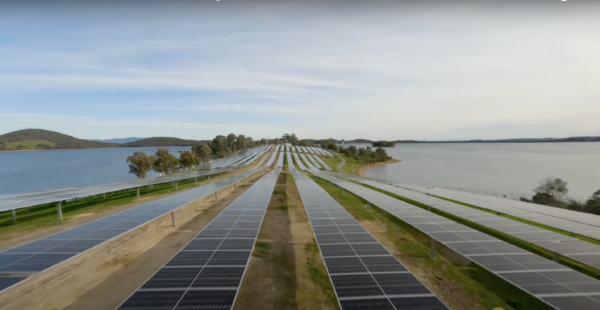
Image: Nextracker
As for remediation when projects reach their end of life, Shugar says it is virtually unnecessary from the tracker side. Since the piles are simply rammed into the earth, when they are taken out only an easily-filled hole is left.
“We see sustainability as a critical guiding principle that should sit across all industries, with renewable energy being no different,” Shugar added.
Since launching the line, more than 8 GW of Horizon-XTR installations are operational around the world, “with this number growing rapidly to meet demand.”
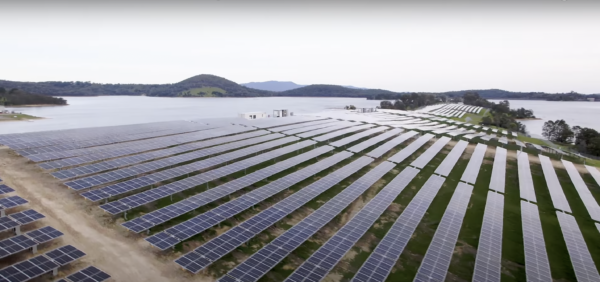
Array Technologies
Sitting down at All Energy 2022, Array Technologies’ Chief Commercial Officer Erica Brinker told pv magazine Australia the company had launched its own terrain-following tracker for hilly and undulating sites at Munich RE in September.
She claims Array’s line takes away the need for 98% of grading. For comparison, Nextracker claims XTR saves between 30% to 90% of the “cut and fill” earthmoving work.
Deliveries from Array’s line won’t come until 2023. Additionally, Brinker said the company is no longer looking to work with all players in Australia’s industry, but is rather choosing to work with a select few “committed” EPCs and retailers.
This content is protected by copyright and may not be reused. If you want to cooperate with us and would like to reuse some of our content, please contact: editors@pv-magazine.com.
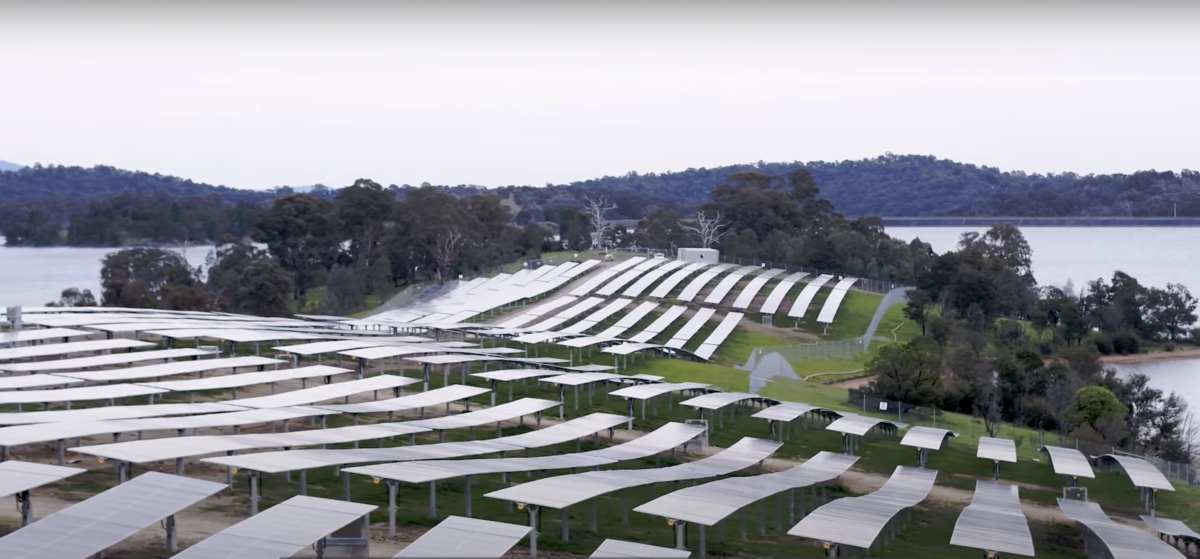
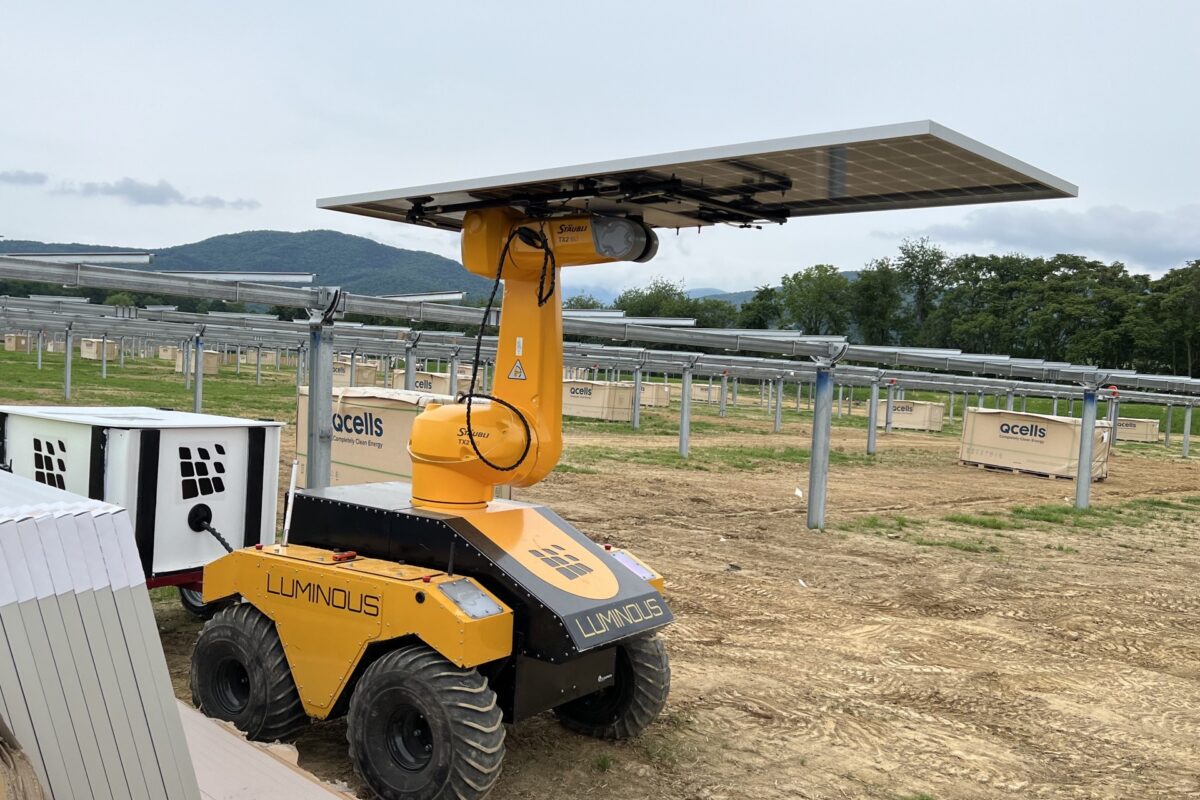







5 comments
By submitting this form you agree to pv magazine using your data for the purposes of publishing your comment.
Your personal data will only be disclosed or otherwise transmitted to third parties for the purposes of spam filtering or if this is necessary for technical maintenance of the website. Any other transfer to third parties will not take place unless this is justified on the basis of applicable data protection regulations or if pv magazine is legally obliged to do so.
You may revoke this consent at any time with effect for the future, in which case your personal data will be deleted immediately. Otherwise, your data will be deleted if pv magazine has processed your request or the purpose of data storage is fulfilled.
Further information on data privacy can be found in our Data Protection Policy.